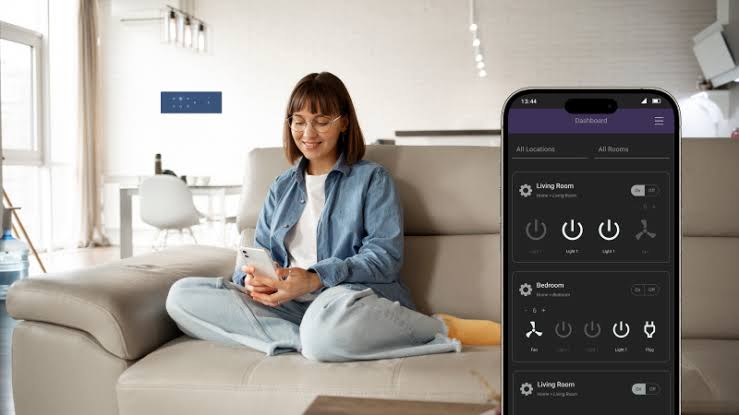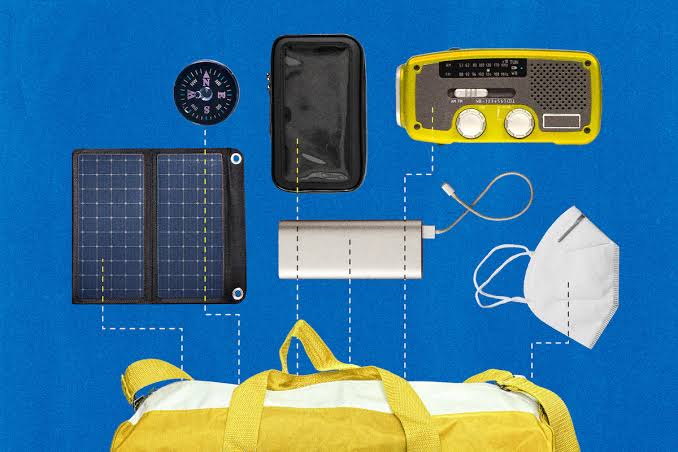Today, gadgets are a key part of daily life. From smartphones and smartwatches to fitness trackers and gaming consoles, they provide convenience, connection, and fun. But as more people use gadgets, concerns about their effects on health are rising. By July 2025, experts say gadgets can help or harm physical health, depending on how they are used.
Understanding the implications of prolonged gadget usage is important, especially as more people work remotely, children rely on screens for learning, and entertainment continues to shift into the digital realm. This article explores how gadgets influence physical health and wellness, both positively and negatively, and offers insights into maintaining a balanced relationship with technology.
Sedentary Lifestyle and Reduced Physical Activity
One of the most commonly reported health issues linked to gadget use is the promotion of a sedentary lifestyle. With the rise of remote work, online education, and binge-worthy streaming platforms, many individuals are spending extended hours seated and motionless. Excessive screen time often translates to reduced physical activity, which can lead to weight gain, cardiovascular issues, and decreased muscular strength.
In 2025, studies continue to show that children and adolescents are particularly vulnerable, as they often replace outdoor play and physical education with screen-based activities. Adults, too, face challenges as long work hours in front of computers contribute to a lack of movement and lower metabolic rates. If left unchecked, this pattern increases the risk of developing chronic health problems over time.
Eye Strain and Digital Vision Syndrome
Prolonged use of screens from gadgets such as smartphones, tablets, and computers has given rise to a widespread condition known as digital eye strain or computer vision syndrome. Symptoms include dry eyes, blurry vision, headaches, and difficulty focusing. As people rely more heavily on gadgets for both work and recreation in 2025, these symptoms have become increasingly common.
Blue light emitted from screens can also disrupt sleep patterns by interfering with melatonin production, especially when devices are used late at night. Health experts now recommend screen breaks every 20 minutes and the use of blue light filters to reduce eye fatigue. Encouraging the 20-20-20 rule—taking a 20-second break to look at something 20 feet away every 20 minutes—has proven to be an effective measure for managing digital eye strain.
Posture-Related Problems and Musculoskeletal Strain
Another growing concern is the effect of gadget usage on posture and spinal health. Prolonged use of smartphones and laptops often leads to poor posture, such as slouching, forward head tilt, or hunching over devices. These habits can cause neck pain, backaches, and in severe cases, long-term musculoskeletal disorders.
In 2025, health practitioners are emphasizing the need for ergonomic adjustments, especially in home workspaces. Using adjustable chairs, standing desks, and proper monitor placement can significantly reduce physical discomfort. Additionally, parents are encouraged to monitor children’s gadget use to ensure they maintain healthy posture while gaming or studying.
Impact on Sleep Quality
Sleep disturbances are closely linked to gadget usage, especially when devices are used close to bedtime. The stimulation from social media, videos, or mobile games keeps the brain active and delays the body’s natural sleep cycle. Moreover, the blue light from screens suppresses melatonin, a hormone responsible for sleep regulation.
As of July 2025, sleep researchers are advocating for a “digital curfew,” where individuals avoid using gadgets at least an hour before sleep. Creating gadget-free zones in the bedroom and encouraging nighttime reading from printed books or listening to calming audio instead of screen content can help improve sleep quality and overall wellness.
Gadgets that Promote Physical Health
While gadgets can contribute to physical health challenges, they can also be valuable tools for wellness when used intentionally. Fitness trackers, smartwatches, and health apps have become more advanced in 2025, offering real-time tracking of heart rate, sleep cycles, physical activity, and even blood oxygen levels.
Devices like the Apple Watch Series 10, Fitbit Charge 7, and WHOOP 5.0 provide users with actionable health data, helping them stay accountable for their wellness goals. These gadgets encourage regular movement, remind users to hydrate, and even offer guided workouts, all of which can lead to improved physical fitness when used consistently.
Technology in Rehabilitation and Physical Therapy
Another positive impact of gadgets is seen in the realm of rehabilitation and physical therapy. Advanced wearable devices, VR rehabilitation platforms, and AI-powered movement analysis tools are increasingly used in clinical and home-based recovery programs. In 2025, patients recovering from injuries or surgeries can use motion-sensing gadgets to perform exercises under remote supervision.
These technologies not only make rehabilitation more accessible but also offer personalized feedback and progress tracking. This enables patients to regain strength and mobility more efficiently while maintaining motivation through gamified recovery experiences.
Encouraging Healthy Gadget Habits
The key to minimizing the negative effects of gadgets lies in cultivating healthy usage habits. Parents, educators, and employers all play crucial roles in promoting digital balance. Setting screen time limits, encouraging outdoor activities, and leading by example are effective ways to ensure that gadgets do not replace physical activity.
Additionally, wellness apps that promote meditation, guided stretching, and scheduled breaks can help mitigate the physical risks of gadget use. Integrating these tools into daily routines ensures that technology becomes a supportive part of a healthier lifestyle rather than a detriment to physical well-being.
Conclusion
The impact of gadgets on physical health and wellness is a double-edged sword. While excessive and improper use can lead to serious health issues such as sedentary behavior, eye strain, poor posture, and sleep problems, the same technology also holds the power to encourage fitness, monitor health, and aid in recovery.
As of July 2025, the emphasis is on conscious and balanced use of gadgets. When combined with education, ergonomic practices, and health-focused applications, gadgets can support a more active and mindful approach to well-being. It is not about avoiding technology altogether but about using it wisely to enhance—rather than diminish—physical health.



